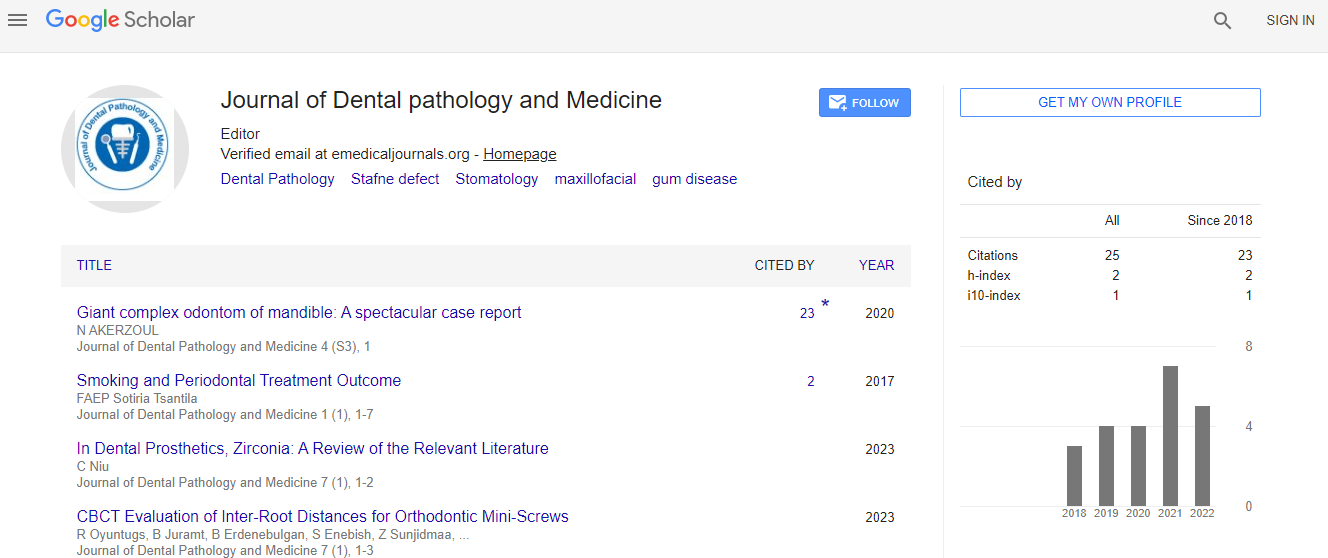Saliva: A diagnostic tool during COVID-19
*Corresponding Author:
Copyright: © 2020 . This is an open-access article distributed under the terms of the Creative Commons Attribution License, which permits unrestricted use, distribution, and reproduction in any medium, provided the original author and source are credited.
Abstract
Corona virus disease 2019 caused by zoonotic virus SARS-CoV-2 (Severe respiratory syndrome corona virus 2) was first reported in Hubei, Wuhan, China in December 2019 when a group of 41 patients had a perplexing pneumonia. Since then, it has wrecked havoc in the entire world and was declared a pandemic by the WHO on 11th March 2020. According to WHO, 2019-nCoV principally spreads through respiratory droplets, saliva, discharge from the nose and fomites, thus making dental care and other aerosol generating practices precarious in nature. Saliva is a bio-mixture secreted from major and minor salivary glands and can play a vital role in prompt diagnosis and close contact transmission of the disease. Its viral load is mainly due to SARS-Cov-2 present in the lower and upper respiratory tract, gingival crevicular fluid from circulationg blood and the salivary glands itself where the virus attaches to the ACE-2 receptors. The nasopharyngeal and oropharyngeal swabs being used for testing cause discomfort to the patient and have a high chance of close contact transmission of the virus from the infected person to the health care individual. These swabs may cause bleeding in thrombocytopenic patients. As compared to this, salivary tests are non invasive, easy to perform, have a lesser chance of cross transmission and are more sensitive to the virus. This poster discusses the benefits and scope of using saliva as a diagnostic aid during COVID-19.

